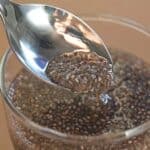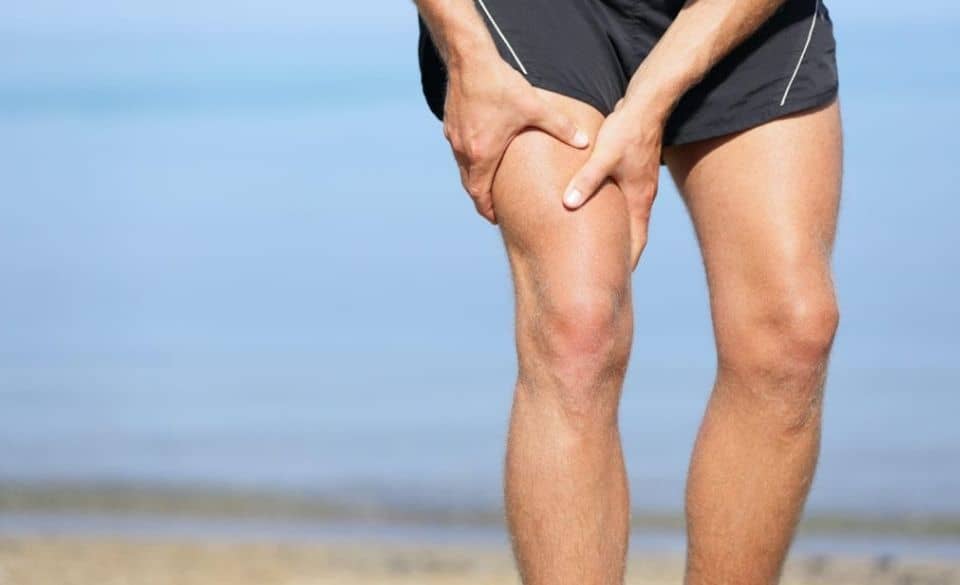
Running With Bursitis – UPDATED 2021 – A Complete Guide
Page Contents
Bursitis is a painful condition that affects many runners, whether located in the knee or the hip. Running with bursitis can often prevent the runner from continuing to train for some weeks.
So what is bursitis? And how does it affect the runner? In this article, we look at whether you can run with it and if it is possible to get rid of it.
Running With Bursitis – A Complete Guide
Bursitis is a condition that affects the fluid-filled sacs called bursae. These sacs primarily cushion the bones, tendons, and muscles around your joints. When these sacs (bursae) become inflamed bursitis starts to occur.
If you are experiencing bursitis, some of the symptoms you may encounter are:
– Achy or stiff around the joints
– Hurts when you run or when you apply pressure
– Joints look swollen
– Redness starting to appear around the joint
In more extreme cases you may experience:
– Unable to move the joint
– Excessive swelling and redness
– Signs of bruising or a rash
– Sharp shooting pain when you run throughout the joint
– Fever
The first set of symptoms are mostly experienced by runners, though it is not uncommon for high mileage runners to experience more severe symptoms. Though, if you continue running with bursitis, signs of swelling or mobility of the joint will become infected.
The most common location bursitis occurs is around the shoulder, elbow, knee, and hip. Often runners are prone to experience this in the knee and hip after running on uneven ground or excess downhill running. However, other runners may produce symptoms during high-mileage periods or while running slower than they usually do.
Typically rest is the best form of treatment when experiencing inflamed sacs and joints, and in most cases, the pain will start to subside within a few weeks.
However, bursitis often returns when starting back running too quickly, and flare-ups are common. So adequate rest is important if you want to heal completely, otherwise, you may experience more flare-ups. Knowing this it is important to also slowly increase the running back to normal over a period of weeks, otherwise, you risk flaring up the joints again.
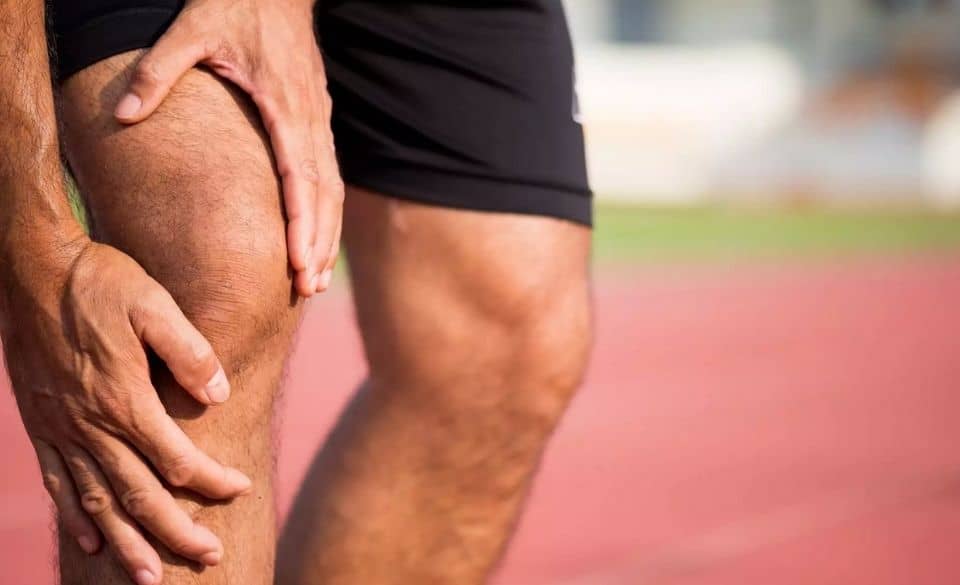
Running With Bursitis Knee
Bursitis in the knee is one of the most common areas where runners experience an inflamed bursa. If you are showing symptoms of swelling, redness, or pain, it is important to immediately rest from running. If you continue running with bursitis in the knee you may experience sharp pain and excessive swelling around the knee, which ultimately will put you out of training for multiple weeks.
Your bursae helps reduce friction and protect the pressure points between the bones and tendons. So you may experience it in different locations around the knee.
For a runner, the most common area known to be affected is the top of the knee. However, many runners also experience this around the inner side of the knee.
Knee bursitis can cause extreme pain in some cases, but often is limited to swelling, moderate pain, and mobility issues. The treatment required is often a combination of rest, physiotherapy, and strengthening.
Sometimes if left untreated the bursa located over the knee cap can become infected. If this is the case, and you start to experience fever, call your doctor immediately.
Depending on the symptoms this can take anywhere from a few weeks to a month to regain full mobility again.
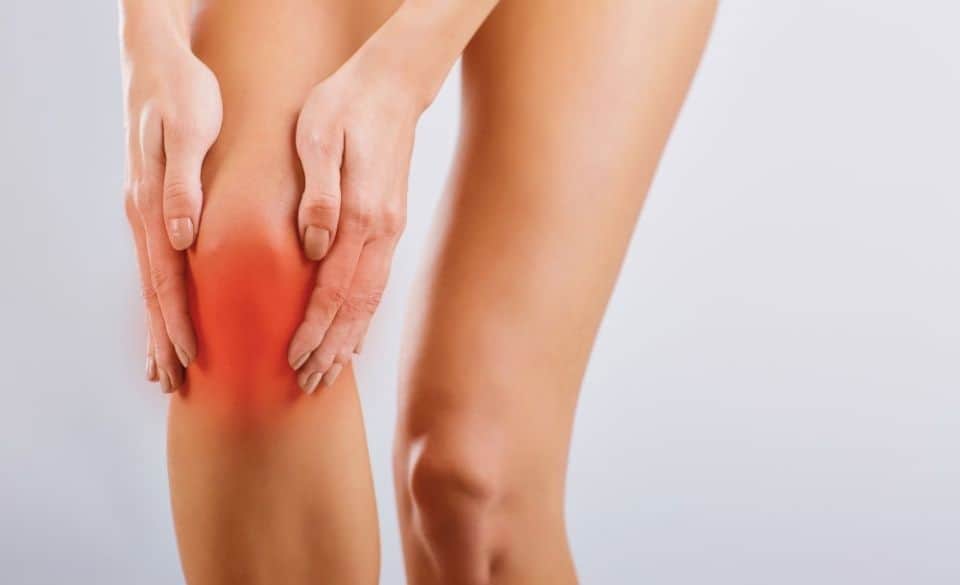
How To Get Rid of Bursitis?
First, before looking at how to get rid of Bursitis, you must get diagnosed so you can confirm the symptoms you are experiencing. This is usually through a visit to the doctor where they may perform x-rays, blood tests, or analyse the fluid of the bursa.
Once Bursitis is confirmed, you can then look at the recovery treatment. Usually, it will get better on its own with regular icing, rest, and pain relief as well as:
– Resting the affected area.
– Regular application of ice to relieve swelling
– Apply heat to the affected area
– Over the counter medication (ibuprofen)
However, if you have a more severe case, you might require:
Medication
If your bursa is infected and inflammation is high, you may need antibiotics.
Physical Therapy Treatment
In most cases, physical therapy should be a form of treatment, including a strengthening program to prevent it from reoccurring.
Corticosteroids
If you are experiencing increased pain and swelling, a doctor may prescribe you a corticosteroid drug. The drug is then injected into the bursa to relieve the pain and reduce swelling. This form of treatment is commonly used in the knee, hip, and shoulder. Once the drug is administered, the recovery starts to work quickly.
Assistance
If you are under extreme discomfort, you may be provided temporary use of crutches or a sling. Using such devices will help relieve pressure and allow a quicker recovery.
Surgery
Sometimes when the bursa is inflamed, excess fluid may need to be drained. However, removal of the bursa through surgery is very rare.
Bursitis Knee Exercises
Regular bursitis knee exercises are recommended if you’re a runner, as they will help build strength and mobility through the rehabilitation period. Some of these exercises you can try are:
Heel Slide
1. Start on your back with the unaffected leg bent and the affected knee straight.
2. Slide the affected knee towards your buttock while keeping your heel pressed to the floor.
3. Hold for 5-10 seconds, then slowly straighten out the leg.
4. Repeat 6-10 times.
Straight-leg raises
1. Start on your back with your good knee in a bent position and the affected knee in a straight position. Keep your lower back in a natural position. This means you should be able to place your hand between the floor and your lower back.
2. With your affected knee, contract your thigh muscles by pressing the knee to the floor.
3. While holding that pressure, begin to lift the leg while keeping it straight. Continue lifting it while holding the pressure until you reach 20-30cm above the floor.
4. Hold this position for 6-10 seconds, then slowly lower to the floor. Rest for 5-10 seconds between each repetition.
5. Repeat the exercise 6-10 times.
While there are many other bursitis knee exercises, these two can be performed at home without placing too much stress on the knee joint.
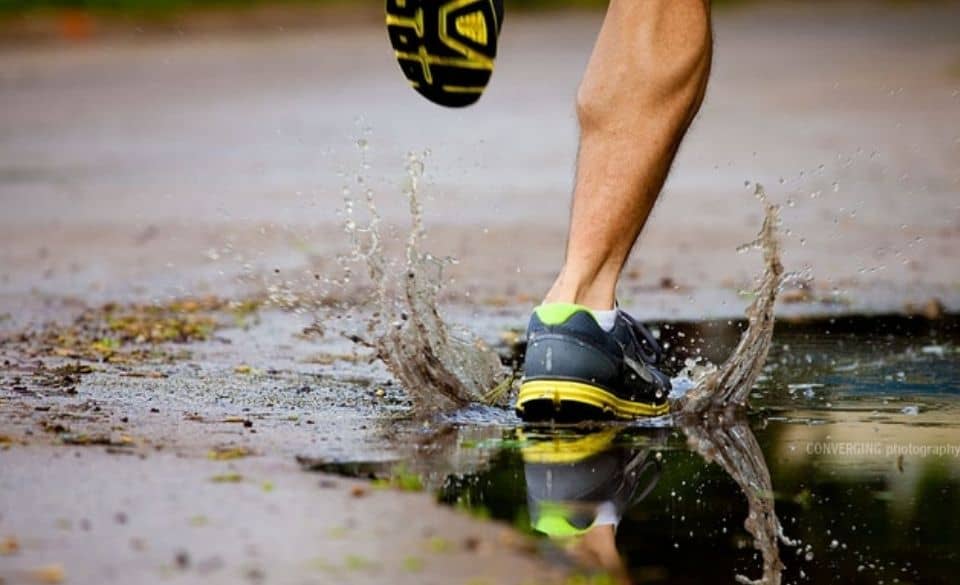
Can I Run With Bursitis?
Like any injury, it is important to know how severe it is before continuing to run. So ask yourself these questions before heading out the door.
– Do you experience pain throughout the day?
– Does impact or load affect the injured area?
– Does swelling or bruising show on the affected area?
– Is mobility affected?
However, when it comes to running, you should rest until the symptoms disappear. Running on swollen or affected joints will only get aggravated with the impact of running. If you continue to run, symptoms may become more severe, and recovery time will increase
Although rest is recommended, other forms of non-weight-bearing exercise can sometimes be performed if pain-free, as long as they don’t aggravate the injury more.
Ideally, talk to your doctor or physiotherapist to find which forms of exercise you can do to keep your fitness up while resting.
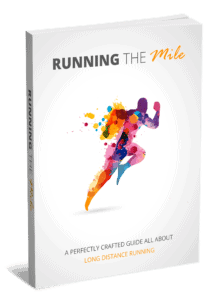

Download Running the Mile for only 8usd
“A Know-all Short Report All About Long Distance Running”



